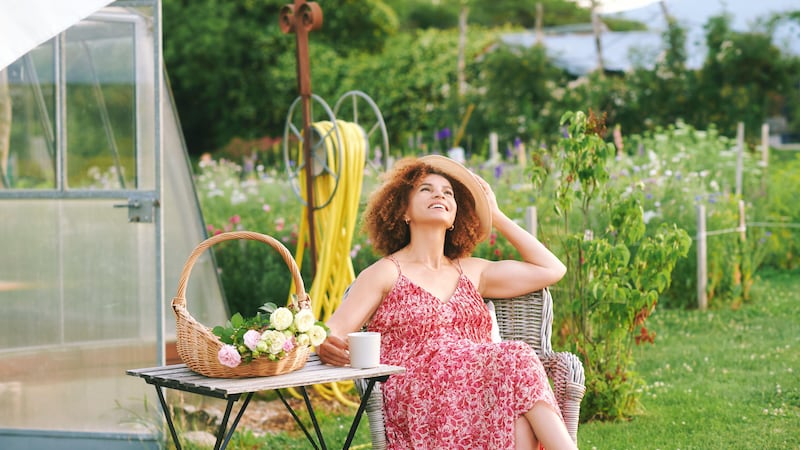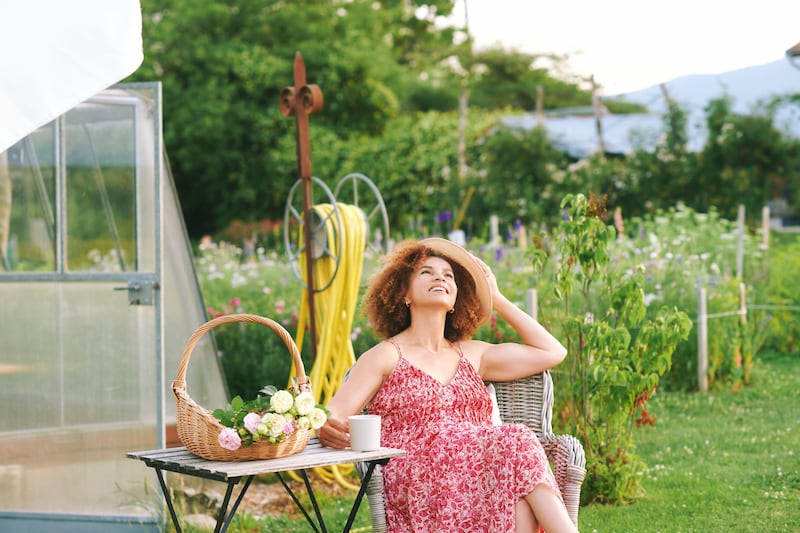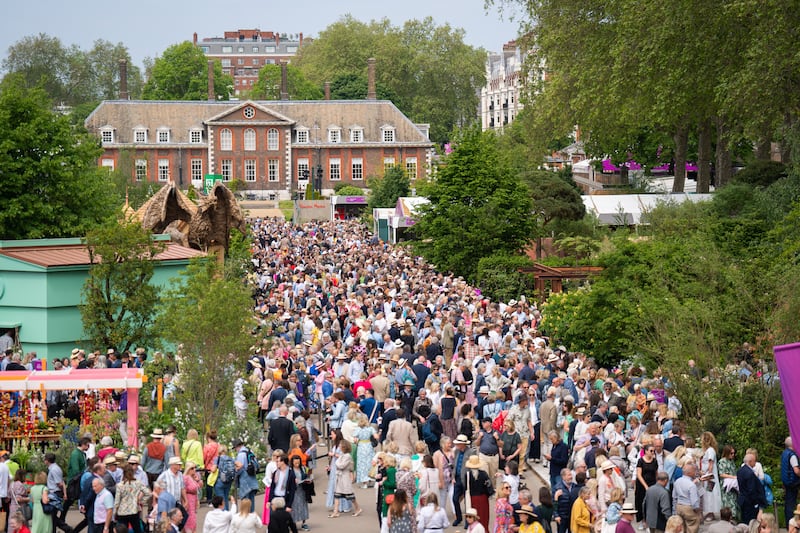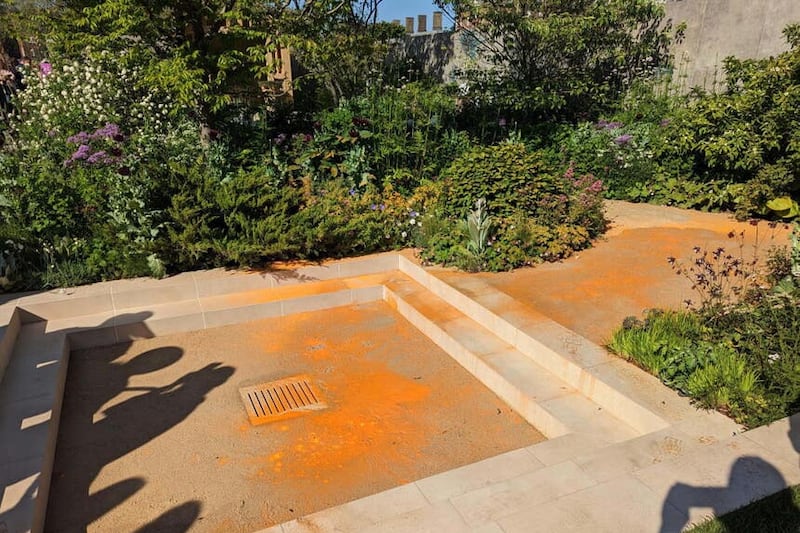We all know how much better being in a beautiful garden can make us feel, but there are ways to bring even more joy to your open space.
So says Penelope Walker, who is creating her first show garden at the RHS Chelsea Flower Show this year called The Panathlon Joy Garden, which features joy in all its forms, be it plants, landscaping or structure.
She aims to bring the interiors dopamine décor trend – filling your home with colours and furniture that bring you joy – to the garden.
“When we think about the word joy, it’s not necessarily loud, it’s more kind of quiet and uplifting, which makes you feel happy.”
To create a more joyful garden, Walker suggests:
Keep it natural
“The most important thing is keeping it quite organic,” says Walker. “In our show garden there’s a gently winding path and absolutely no straight lines in the garden whatsoever.
“Even the terrain is all mounded, and we’ve some really unusual trees.”
Scrap geometry and straight lines and formality to keep it natural, she suggests.
Make it playful
“Having surprisingly quirky, playful features is something that people can think about. So just because it’s not mainstream, if you like it, you can look at clever ways to introduce different design ideas.
“For instance, the plane trees (in the show garden) have got beautiful, unusual curved stems, the rear boundary has traditionally panelling but then we’ve created these 3D panels which kind of wave backwards and forwards but also up and down and they interact with one another. It’s quirky and is meant to give a feeling of being uplifted.”
Furniture can also be playful, she suggests. “It might be anything that is a bit tactile or something surprising.”
Think about colour
“Don’t be afraid to use colour. You can use quite vibrant colours if you want to. I don’t generally use harsh primary colours (like bright yellows or reds) but think about pastel shades which can soften it down. You can use lots of colours, it’s about keeping it harmonious in terms of how those colours blend into each other.”
You can incorporate white, a light and reflective colour, as a way to introduce light or give a garden a good sense of energy with a more uplifting feel, she advises.
If you are focusing on containers, try to be consistent in style and colour so it is not too jarring visually.
“In the same way that you wouldn’t paint your living room wall four different colours and then put a fifth colour into your dining room table, think about using those tips that you would use inside outside to have that consistency.”
Emphasise abundance
“This involves lots of planting and try to create more abundance by increasing the square meterage of the area within the garden, which might come back to having mounded terrain.”
“If you have a budget to buy, say, 50 or 100 plants, it will be much better to buy fewer varieties but more of the same plant so the colours give a much stronger impact because there’s a bigger group of them,” she advises.
“Mounded terrain doesn’t need to be big bold lumps of earth, you can mound your terrain up 2ft or so, which brings the plants much closer to eye level, which is going to make you feel surrounded by nature and surrounded by planting,” she says.
Consider repeat planting
Don’t necessarily think in terms of block planting, but larger groups of planting will create more of a visual impact. Repetitive planting – repeating particular groups of plants throughout the garden – will create a cohesive whole and a good use of colour, she suggests. Don’t be afraid of using bright pops of colour to stand out among the crowd and make you smile.
“If we are taking in a lot of information visually, it’s really confusing for our brain and it can feel busy and tiring – the opposite of joyful.
“In having repetition, you are quite literally reducing the stimulus that your brain has to take in at one point, which means you naturally feel calmer and the whole scheme feels more harmonious and more balanced.”
Plants which are good for repetitive planting to create calm include those with larger leaves, such as hostas, but you might include playful plants such as lollipop-flowered alliums, she suggests.
Prove your personality
What brings some people joy, like bright colours and energy, may not appeal to those who like a calmer outside environment, so don’t be afraid to break rules, she says.
“But it’s not just about promoting a sense of calm, it’s about promoting that unexpected smile which will help you nail that joyful feeling.”








